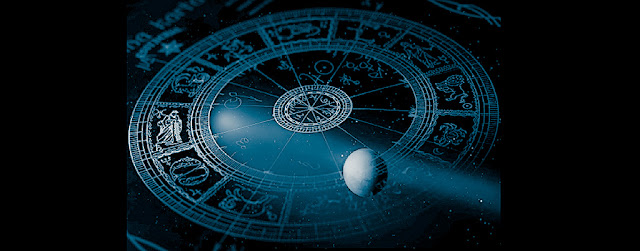Gauging the Process of Meditation
The purpose of meditation can be different for everyone, the ultimate outcome that everyone seeks is happiness. That is driven by the positive attitude towards life, much healthy way to handle stress, better understanding of mind, body and enriching the skills to control them, increased inner ability, improvement in solving complex problems and situations in life, increased self-awareness and self-confidence, develop healthier relationship with yourself and others, at your workplace, at your home, eventually developing the responsiveness and thinking positive attitude in life.
Meditation also helps in curing chronic diseases, pain, allergies, indigestion, insomnia and other related physical problems. The effect of Meditation on a physical body is easy to measure. The measurement of the mind is certainly not simple to assess as there is no fixed end to the depth of our mind. According to the theory of meditation ‘Samadhi’ is the final stage or ‘The Enlightenment’.
The journey towards the goal is not the same for everyone. Every individual has to proceed according to the abilities each one possesses and current mental destruction a person is fronting.
As we follow the journey of meditation, we encounter similar obstacles in a fine and subtle form in every stage of this journey. The Yoga and Vedanta scriptures follow the technique of concentration upon a single object. Here concentration becomes spontaneous after a certain stage, taking the form of meditation, eventually, leading to Samadhi.
Again, according to scriptures Yoga, Vedanta, and Tantra, there are certain specific signs by which a person’s progress in meditation can be determined.

While practicing a simple meditation for some good number of months, a person develops a better state of concentration. A better concentration level empowers faster grasp of the situation or work, builds strong memory, and improves focus to complete tasks with efficiency and less pain. A person will begin noticing the difference in him. For working professionals, meditation develops deftness in their performances at workplace and home. People notice the change in you. You become relaxed, very less reactive and follow more friendly approach. People practising meditation also notice an improvement in the gap between the stimuli and response thus becoming apt and creative in their response and reaction.
After spending a good long and dedicated time in meditation practices, a person reaches the stage of detachment and dispassion. It is also known as the stage of ‘Pratyahara’ which means ‘to gather inwards’. Pratyahara is concerned with restricting the outgoing tendencies of the mind so that the awareness can be directed inside the mind. It is impossible to explore the realms of the mind if one is addicted to, disturbed and distracted by external senses. Meditation techniques such as Antar Mouna, Ajapa Japa, and trataka are focused to induce us with the stage of Pratyahara.
With dedicated meditation practices and spending quality time, many people experience the stage of Kumbhaka, or, suspension of breath. Kumbhaka is the pause that we take between inhaling and exhaling. “According to B.K. S. Iyengar in Light on Yoga, the “retention or holding the breath, a state where there is no inhalation or exhalation”. Mr. Iyengar also noted that “In some yoga texts, the term is used generically to indicate all three parts of the breath: inhale, exhale, and pauses. Along with the inhale and exhale, the kumbhaka is essential to any practice of pranayama.”
At the certain phase of life, meditation takes you to a different level of spiritual emotions, self-realization, and mystical experiences. Spiritual emotion is a state of communication with the Almighty. It is related to the subconscious part of the mind. Meditation techniques like Kundalini awakening and balancing chakras, Self Inquiry, Sahaj Yog Meditation, Mantra Meditation and spiritual Satsangs are performed for spiritual awakening and self-realization.
The person experiences the transition from the worldly emotions to spiritual emotions. The spiritual emotion becomes very strong in extreme situations thus helping us to be calm and joyful. Bliss is certainly associated with the spiritual experience. The feeling of freedom, peace, and contentment advances toward spirituality.
Retreat with Nirvana The moksha. visit www.nirvanathemoksha.com

Comments
Post a Comment